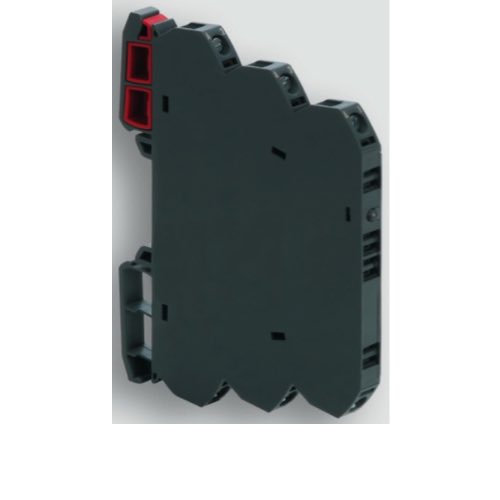Lutze Electromechanical Relays

Lutze electromechanical relays are designed to offer precise switching for a number of industrial applications. They can be found in a multitude of configurations, accommodating various requirements, including different voltage ranges, arrangements of contacts, and types of coils. Lutze insists on the longevity and stability of its relays, so it incorporates tough materials and superior engineering into them. These relays are good at withstanding a long life of mechanical operation and at maintaining the usual forms of stability one expects in a relay.
Engineered for simplicity, Lutze relays offer uncomplicated installation and maintenance. Their design often favors a plugin process, simplifying replacement and minimizing downtime. Compact in size, these electromechanical relays fit efficiently in control panels. They work seamlessly with a wide range of sockets and mounting options, enhancing their versatility. Whether in simple control circuits or complex automation systems, Lutze relays perform with reliable ease and trustworthy efficiency.
Relays: Electromechanical vs Solid State
Electromechanical Relays
Electromechanical relays (EMR) use physical moving parts to achieve the desired functionality. These moving parts include the contacts that switch between the normally open and normally closed stationary contacts in the relay. This movement is made possible by an electromagnet. When power is applied to this magnet, it will act on the movable contact causing the relay to switch. In an EMR, it is common to hear the switching sound that is represented as a “clicking” noise. This audible noise can be helpful when determining the functionality of the relay.
Solid State Relays
Solid state relays (SSR) use a low power, electrical signal to generate an optical semiconductor signal that will transmit and energize an output signal. When this is activated, the input optical signal will act as the switch, allowing a higher voltage signal to pass through the relays output components. The internal circuitry of a SSR is far more complex than an EMR, but there are no physical moving parts.

